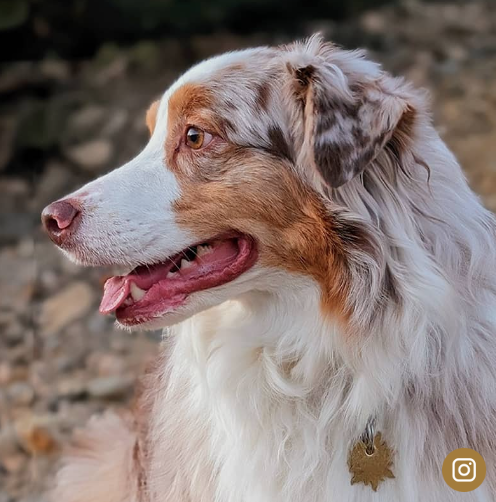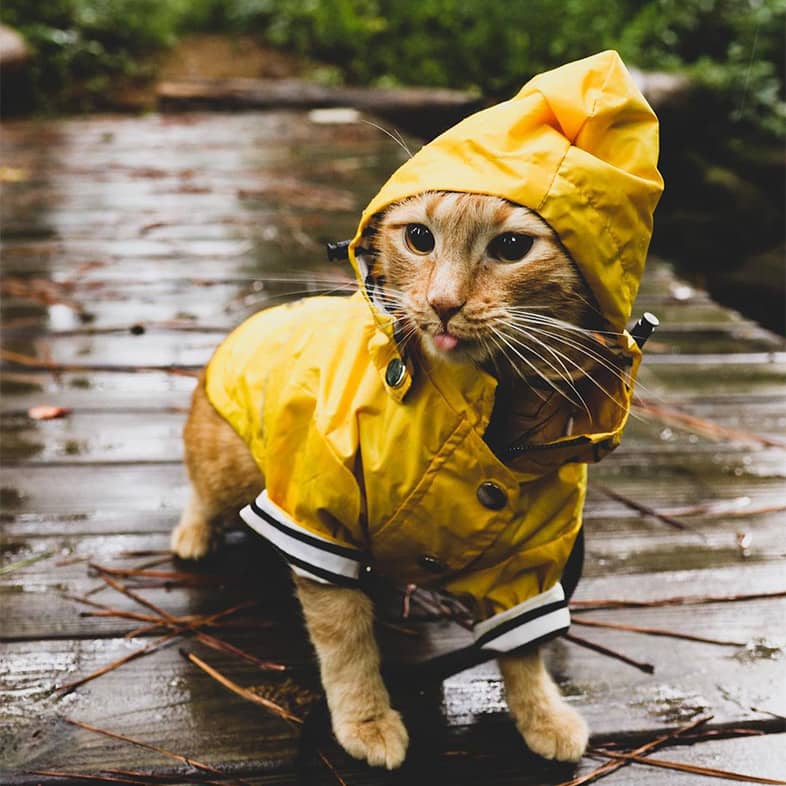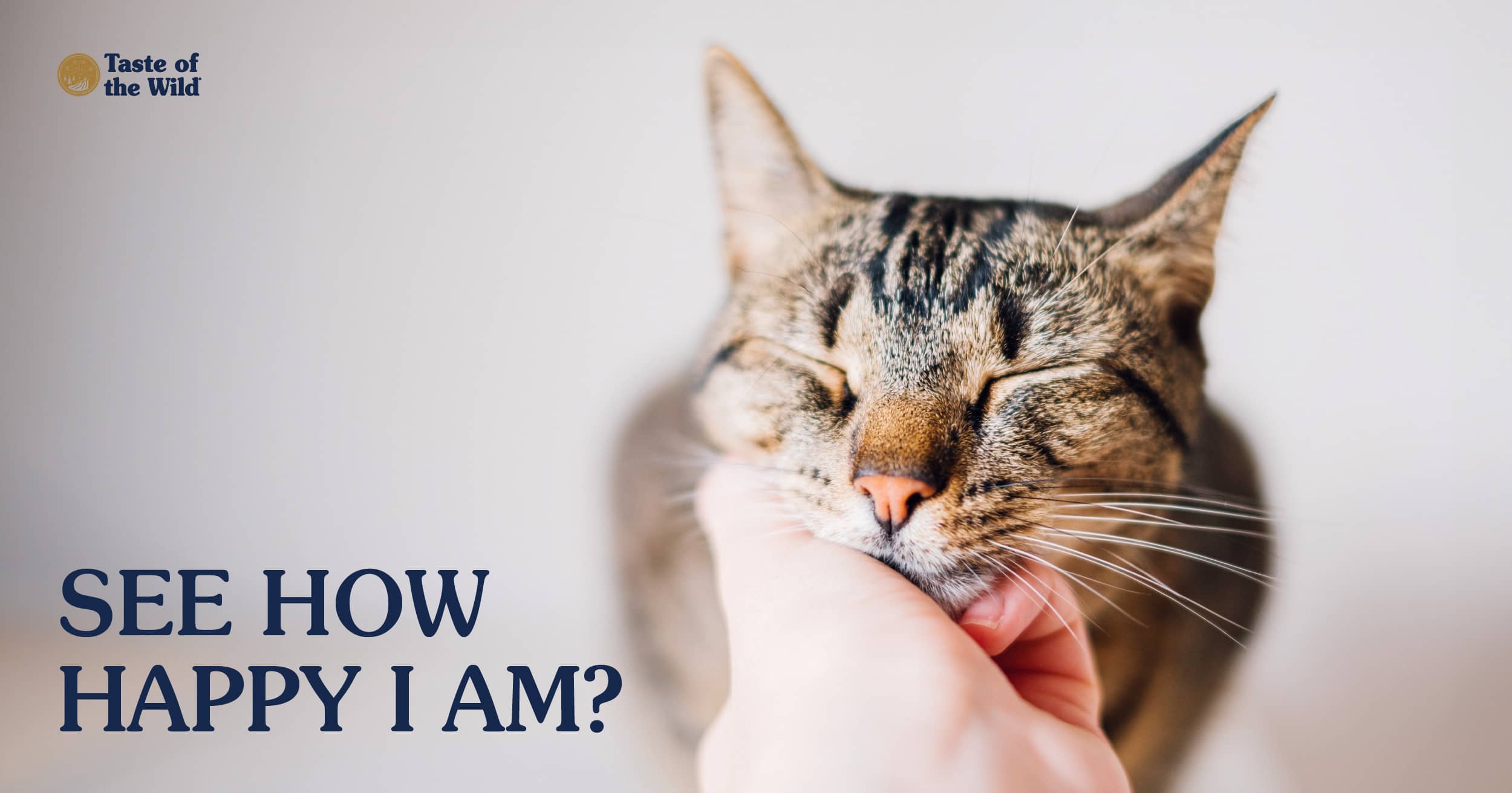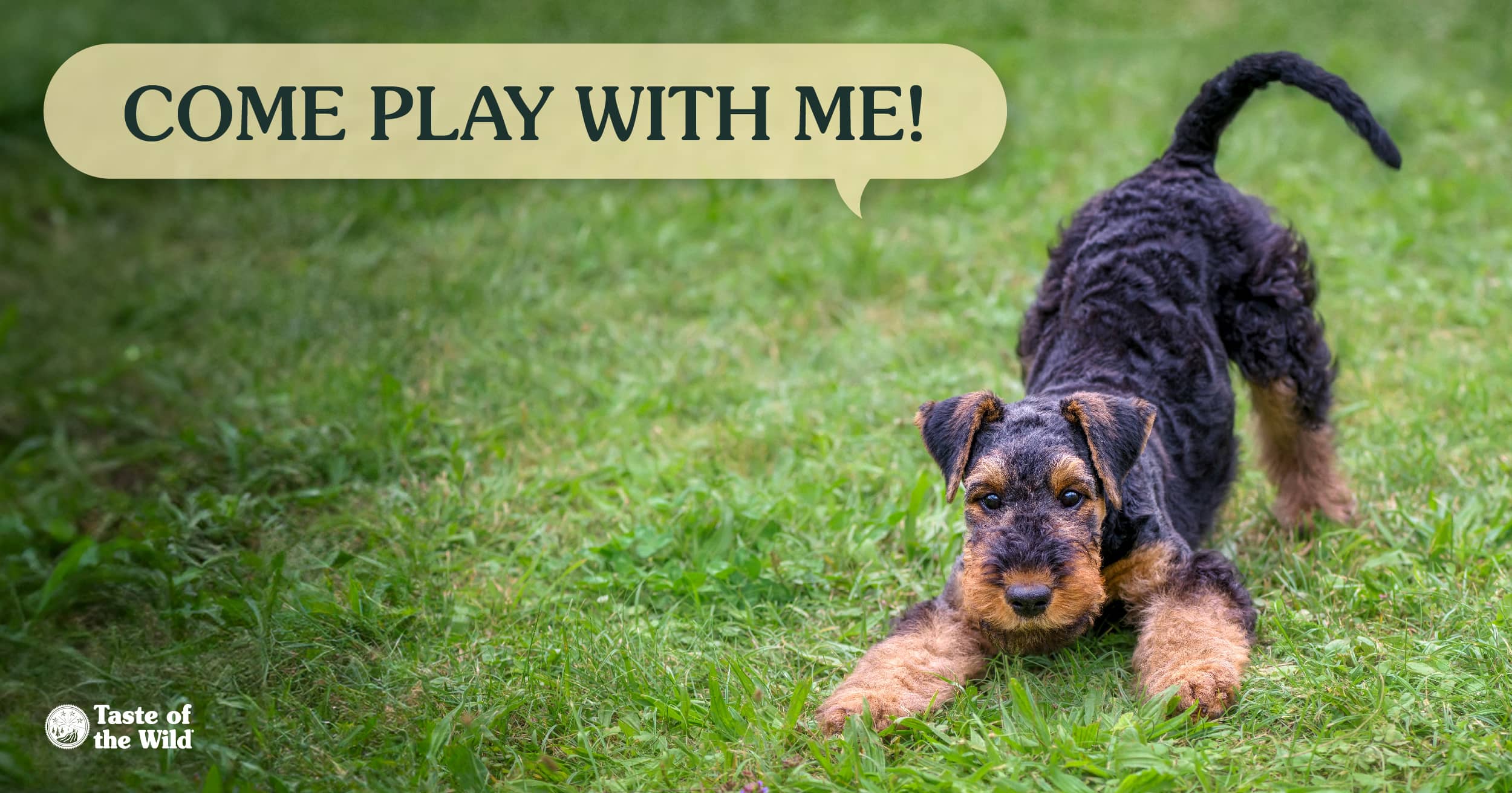Why Do Dogs Bite?
Category: Training & Behavior

If you’re a dog parent, you’ve probably felt the imprint of canine teeth on your skin — whether it’s the sharp pinch of puppy teeth or an inadvertent nip during a game of fetch. But it’s the more dangerous bites, the ones that cause serious injury, bacterial infections or transmit diseases, that are of most concern.
According to the CDC, 1 out of 5 people bitten by dogs need medical attention. Sadly, many of these bites didn’t have to happen. So we’re sharing tips on how to know when a dog might bite, how to avoid being bitten and how to curb biting behavior in puppies.
Why Do Dogs Bite?
First, it’s important to know that any dog can bite — no matter what breed, age, size or usual temperament. Biting is a normal dog behavior. Even the most mild-mannered dog, if pushed to the edge, will bite. Most bites typically occur in the home with the family dog. Many dogs, especially those who aren’t well socialized, may bite if they feel fearful or threatened. Sneaking up on a sleeping dog and startling them may elicit a bite. And many dogs will bite if they’re in pain or simply don’t feel well.
Some dogs, understandably, are uncomfortable when a small child (or anyone) grabs their ears, tug on their paws or yank at their hair or tails. People who invade the dog’s personal space, especially when the dog is eating, can also be at risk of a bite. Dogs can become protective of their food, toys or other things they find valuable.
Why Is My Dog Nibbling Me?
From play-biting to grooming you, there are a variety of reasons why your dog nibbles on you. If you have a young puppy, they may be teething; and gently gnawing on you helps relieve their discomfort. Puppies also use their mouths to explore their world, which includes you. Adult dog nipping can happen when they’re excited to play with you or they’re trying to get your attention. They may also be showing you some love by grooming you: “Just checking you don’t have fleas.”
How to Train Your Puppy Not to Bite
Little puppy bites or letting your pup mouth your hand may not bother you, but when you think about them doing the same thing as an adult dog, that’s a good reason to curb this puppy behavior now. The first step is socialization. Letting your puppy experience many different situations, environments and people as a pup will help reduce the chances of them becoming fearful or feeling threatened as an adult.
Puppy bite inhibition is a natural behavior that lets pups play with other dogs without causing injuries (most of the time). If they bite hard, the other puppies will yelp and play will stop for a moment. Puppies learn that if they want play to continue, they need to mouth and bite their playmates gently. You want to make sure they learn bite inhibition behavior for people, too.
One technique you can try to stop puppy biting is mimicking what puppies do. If your puppy bites or mouths you, yelp and stop playing. Wait a few moments, then continue playing again. If that doesn’t work, you can also try directing their attention away from you with a chew toy or tug toy. If they’re nipping because they’re overly excited, try putting them in a safe space to calm down and then initiate play again when they’re calm.
Why Does My Dog Bite Me Playfully?
This is a behavior that dogs learn as puppies. Pups that have learned bite inhibition know that they can playfully bite their littermates without causing them injury (most of the time). Generally, you can tell if a dog is play-biting by looking at their body language. Dogs playing will have a relaxed or playful stance, whereas an aggressive dog will have tensed muscles and may be exposing their teeth.
How to Get Your Dog to Stop Biting
Teaching your adult dog that biting — even play biting — is not acceptable uses techniques similar to those used for puppies. Stop playing and ignore them for a short period of time so they understand that biting behavior ends playtime. If your dog bites when they’re excited, have a toy ready so you can redirect their playful energy toward the toy. You should avoid roughhousing or using your hands around their head to initiate play as this can encourage biting behavior. Don’t use physical punishment for biting, as this can lead to fear and aggression, which can result in more than just a nip.
Avoid Aggressive Bites by Understanding Canine Body Language
Most dogs will try to communicate that they are uncomfortable with a situation before resorting to biting. While a growl often serves as a warning that a dog may be on the verge of biting, knowing canine body language can be helpful, too. Fearful dogs will often crouch near the ground, tuck their tails between their legs or roll on their backs, exposing their bellies to show they’re submissive. These dogs will often yawn and lick their lips repeatedly.
Aggressive bites, on the other hand, typically come from a dog who is standing tall and firm with their tail held high, and possibly the hair bristling down their spine. Aggressive dogs may show more of the whites of the eyes, bare their teeth and snap at the air.
If you notice your dog displaying these behaviors, remove them from the situation and give them plenty of space. Don’t punish them for showing those behaviors — that’s your cue that something is wrong. Punishing your dog may result in them going straight to biting next time.
Follow Proper Dog Etiquette to Avoid Bites
Many dog bites in children can be avoided simply by never leaving young children unsupervised with a dog — even the family dog. Beyond that, it’s important to teach children basic respect for all dogs. That means leaving dogs alone if they’re eating, playing with a toy or sleeping.
People of all ages should always ask the owner for permission before petting a strange dog, then let the dog approach and sniff them first. Other common rules for avoiding dog bites include:
- Don’t roughhouse with dogs or tease them with your hands.
- Never run from a dog or scream while running.
- If a loose dog approaches, stand very still, stay calm and firmly command them to “sit” or “stay.”
- When faced with a potentially aggressive dog, put an object, like a bicycle or garbage can, between you and the dog.
- Avoid staring directly into a dog’s eyes, which they may interpret as threatening.
- If you fall down near a dog, curl up into a ball and lock your fingers over your ears and the back of your neck.
- Do not kick or hit an approaching dog.
- Do not approach dogs that are behind a fence or in a yard on a chain.
- Never try to break up a dog fight with your hands or other body parts — make loud noises or spray water from a hose.
By giving strange dogs space and treating family dogs with respect, hopefully, you and your family members can avoid dog bites. If you’re concerned about your dog’s biting behavior, ask for professional help from either your veterinarian, a certified applied animal behaviorist or a certified professional dog trainer.
The information in this blog has been developed with our veterinarian and is designed to help educate pet parents. If you have questions or concerns about your pet’s health or nutrition, please talk with your veterinarian.




